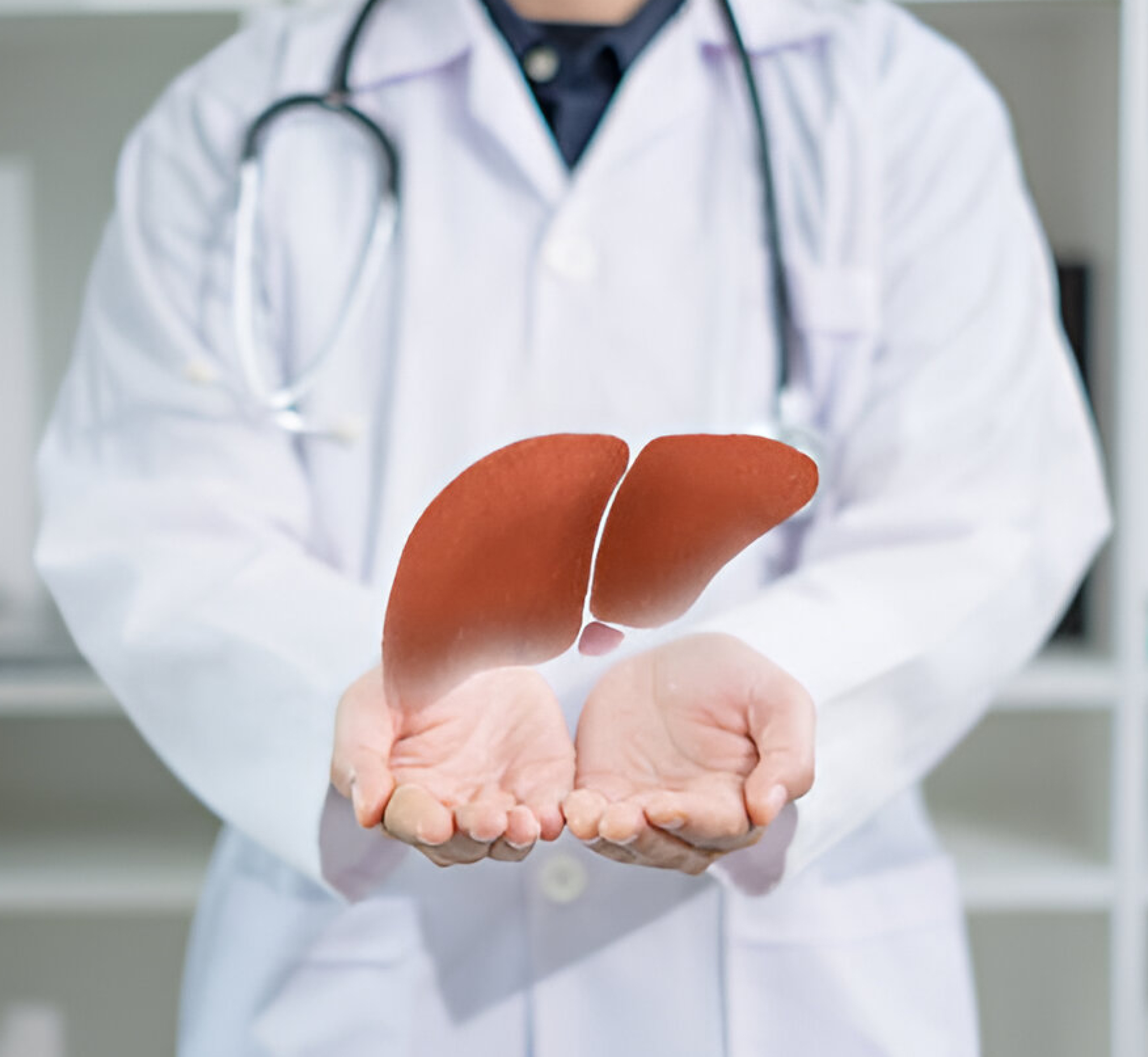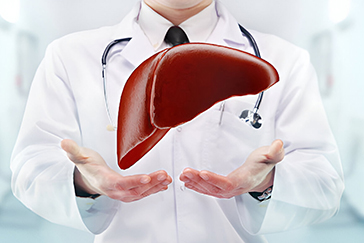 Book Appt.
Book Appt.
 Call Now
Call Now


Cholecystectomy is a surgical procedure aimed at removing the gallbladder, a small organ located beneath the liver. This operation is commonly performed to alleviate symptoms and complications associated with gallbladder conditions, such as gallstones or inflammation. Understanding the indications, types of surgery, recovery, and potential benefits of cholecystectomy is essential for patients considering this procedure.
Indications for Cholecystectomy:
The most common reasons for undergoing cholecystectomy include:
Types of Cholecystectomy:
Surgical Procedure:
Laparoscopic Cholecystectomy:
After insufflating the abdomen with carbon dioxide to create working space, small incisions are made to insert the laparoscope and surgical instruments. The surgeon carefully identifies and isolates the gallbladder, ensuring no other nearby structures are disturbed. The cystic duct and artery, which connect the gallbladder to the liver and bile duct, are carefully clipped and cut, allowing the gallbladder to be removed. The incisions are closed, and the patient is typically able to return home on the same day or the day after the surgery.
Open Cholecystectomy:
A larger incision is made in the abdomen, typically under the ribcage on the right side. The surgeon identifies and removes the gallbladder after carefully dissecting the surrounding tissues. The incision is closed with sutures or staples.
Recovery and Aftercare:
Patients undergoing laparoscopic cholecystectomy typically experience a shorter recovery period compared to open surgery. They may be able to resume normal activities within a week or two. In contrast, open cholecystectomy may require a longer recovery period, often ranging from four to six weeks.
Potential Benefits of Cholecystectomy:
Considerations and Risks:
While cholecystectomy is generally considered safe, like any surgical procedure, it carries certain risks. These may include bleeding, infection, injury to surrounding organs, or, rarely, bile leakage. It's important for patients to discuss these potential risks with their healthcare provider before undergoing the surgery.
In conclusion, cholecystectomy is a common surgical procedure aimed at removing the gallbladder to address various gallbladder conditions. With advances in surgical techniques, particularly laparoscopic cholecystectomy, the procedure is now minimally invasive, resulting in shorter recovery times for patients. For individuals experiencing symptoms related to gallbladder conditions, cholecystectomy offers a potential path to improved health and quality of life.
SHALBY Sanar International Hospitals provides extensive medical procedures backed up with our state-of-the-art technology and a team of highly qualified & experienced clinical experts.
Our doctors pen down their research findings and experiences from time to time. Their words provide deep insight into the latest techniques, technologies and other advancements in healthcare. It provides expert answers to all kinds of health questions for real-life issues.
VIEW ALL




Since the day of its foundation, SHALBY Sanar International Hospitals is committed to provide comprehensive healthcare services. It regularly organizes awareness programs in its premises and encourages outdoor healthcare activities and camps with an intent to put focus on preventive healthcare.
VIEW ALL